Medically known as Hallux Abducto Valgus (HAV), the term ‘bunion’ describes a bony bulge that can develop over time on the inside of the big toe. The bulge is caused by a malaligned position of the big toe joint where the long bone (metatarsal) moves out towards the other foot and the connecting toe (phalanx) bends in on it, toward the other toes. Bunions tend to progressively worsen in ‘stages’ and become more prominent. As they do, the ligaments and tissues surrounding the joint stretch and contract accordingly, ultimately leaving the joint in a fixed position. Bony and arthritic changes can also occur within the joint. This means that bunions have different characteristics at different stages and the right management needs to be decided on a case-by-case basis.
Causes of bunions are numerous and vary greatly. Anything that squeezes or puts greater pressure and force through the big toe joint, like pointed shoes, may be a potential contributing factor. Often bunions can run in the family, are more prevalent in women than men, and are thought to be linked with an unstable function at the big toe joint. Other contributing factors include:

The biggest sign is the change in appearance (protrusion) of the big toe joint. You may also experience:
As the bunion progressively worsens, the big toe may push into the lesser toes. Over time, the toes may begin to overlap.
As bunions progressively worsen over time, starting treatment early is the key! If you’ve started noticing your bunion developing either recently or within the last couple of years, now is the best time to take action.We start by identifying the extent of the changes in the big toe joint. A treatment plan can then be implemented to reduce symptoms and limit future progression. Biomechanical and alignment issues will be identified. Periodic evaluation and x-rays may be advised or in some cases observation of the bunion is sufficient. Depending on the characteristics of your bunion, you may benefit from some of the following:
As bunions are often associated with other foot problems, treatment will also address any underlying issues that are identified. If the symptoms or the deformation is not reducible, surgery may be indicated.
.png)
Since introducing shockwave therapy, we’ve helped many of our patients avoid surgery for certain conditions. Here's what you
need to know about shockwave treatment and how it works.
.png)
This Mother’s Day, consider a practical, medically safe, and confidence-boosting gift: a professional KeryFlex nail restoration treatment. It’s a simple, effective, and medically safe way to instantly transform the appearance of toenails.

In some cases like arthritis, continuing to stay active is one of the best things you can do for your joints. Is the same true if you're in pain or have an injury?

A stroke is New Zealand's second single biggest cause of death and a leading cause of serious adult disability. Here's how podiatry can help in your rehabilitation.
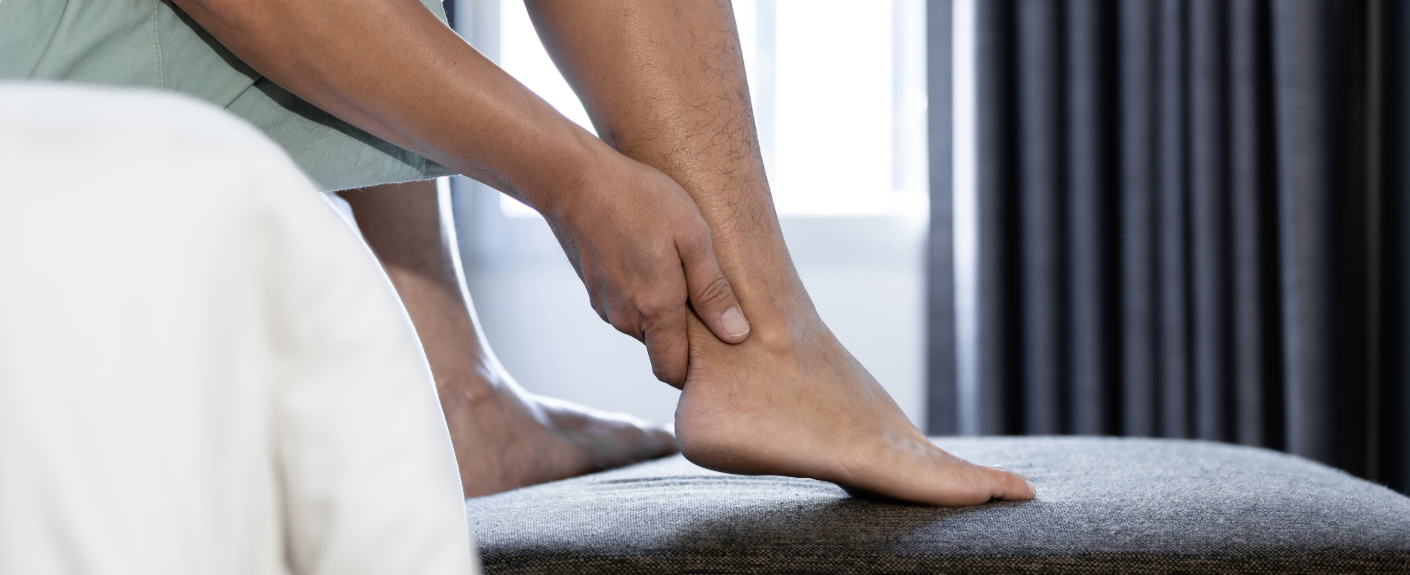
Shockwave is a fantastic treatment for Achilles injuries and Achilles heel pain. Here's how it works and how our podiatrists use it.
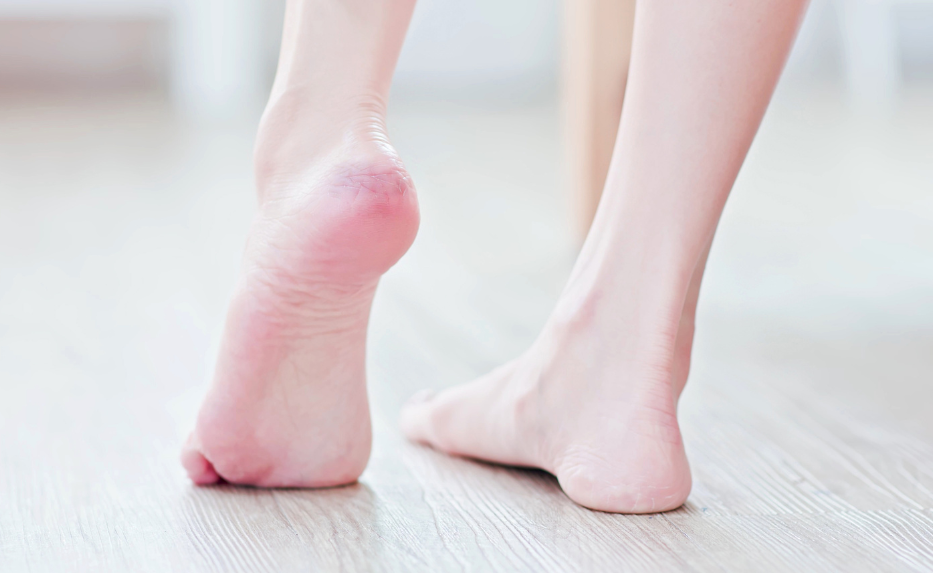
How does shockwave work to relieve foot pain? Here's how it helps you, and how our podiatrists use it at our Remuera clinic.

How do you go through the holidays and family visits while keeping up your strength and fitness? Here are five ways.

Help your loved ones stay on their feet for years to come with a podiatry appointment. Here's how it can help.
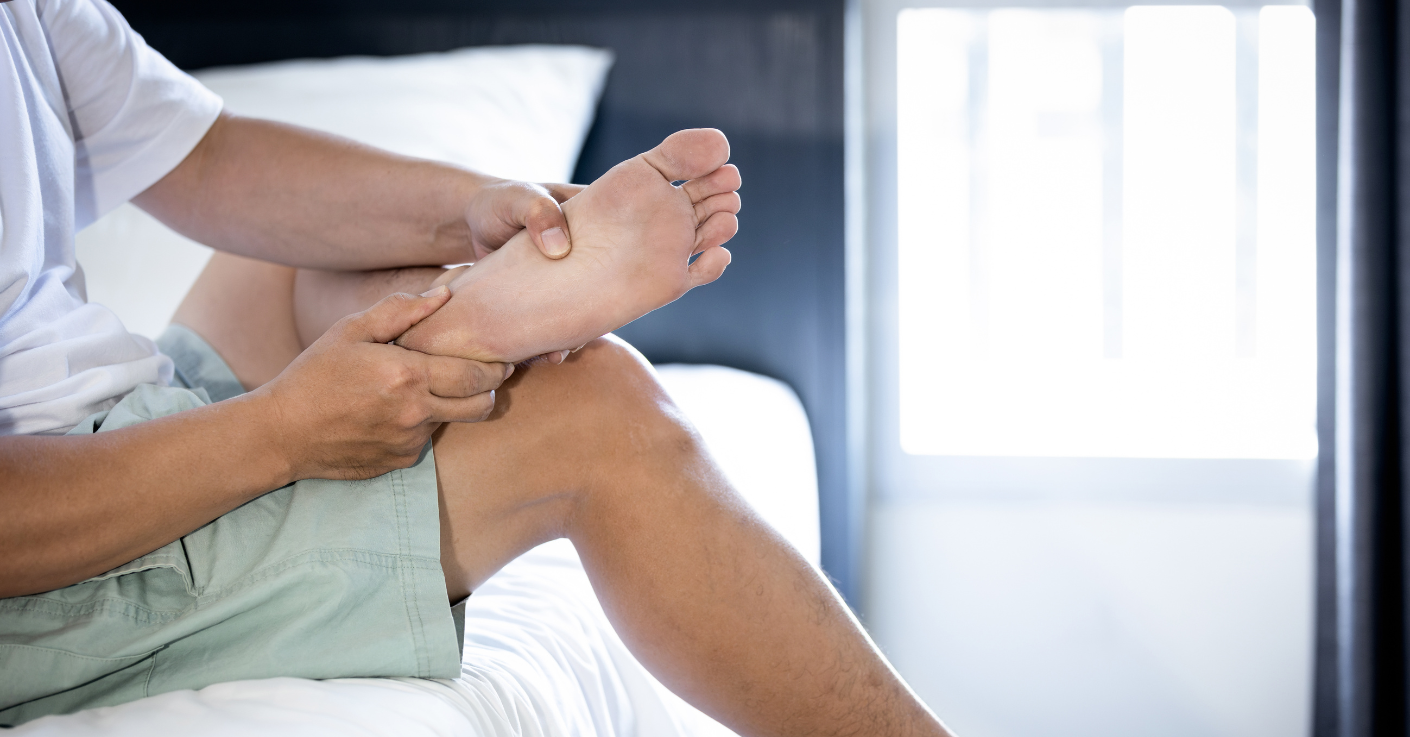
We’ve welcomed the Nu-Tek low-level laser into our podiatry clinic. Here's how you tell if it could be the answer to your foot
pain.
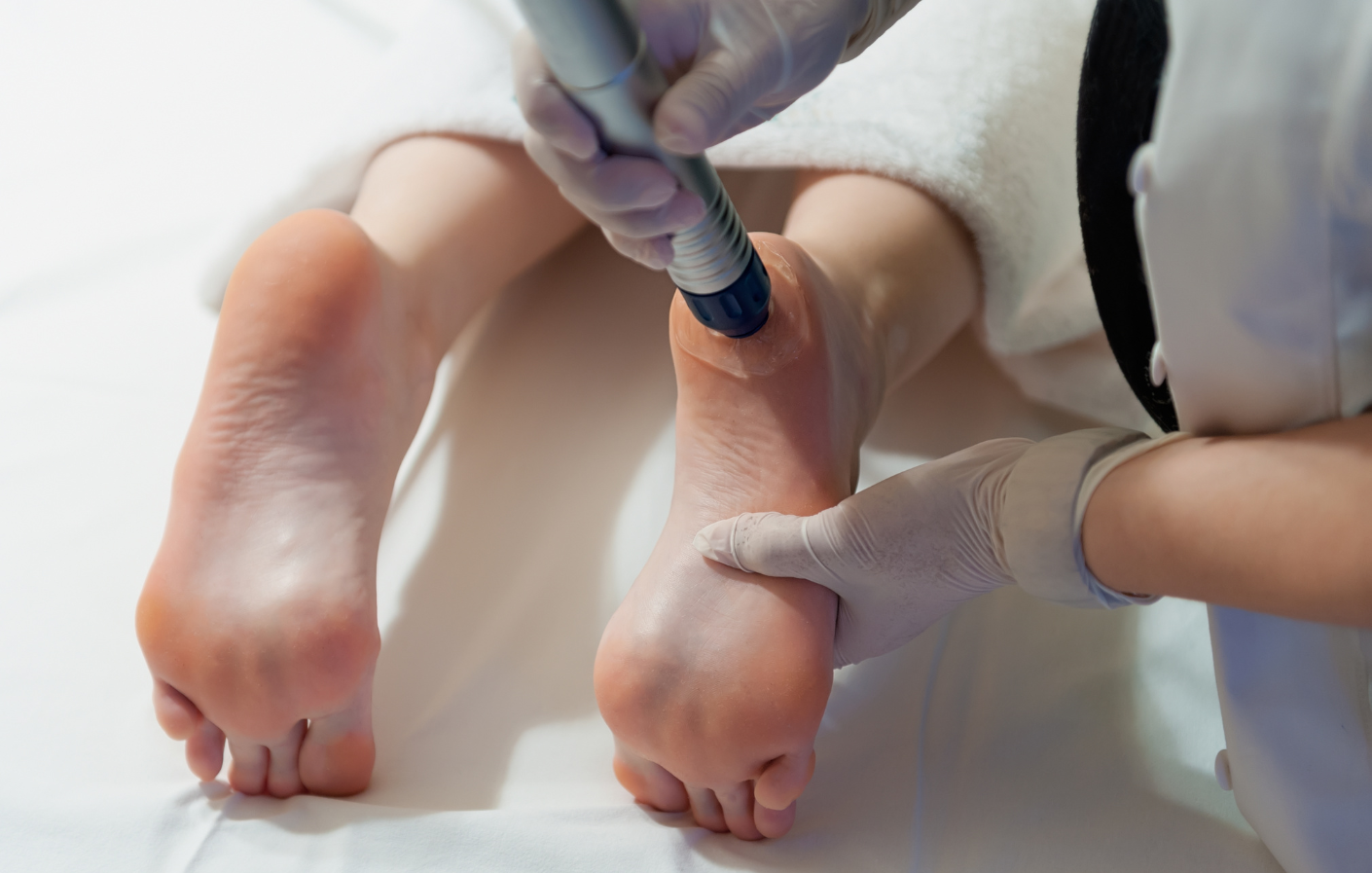
Otherwise known as radial pressure wave therapy, shockwave therapy is a device held by our podiatrists and positioned against your foot or leg at the site of your injury.
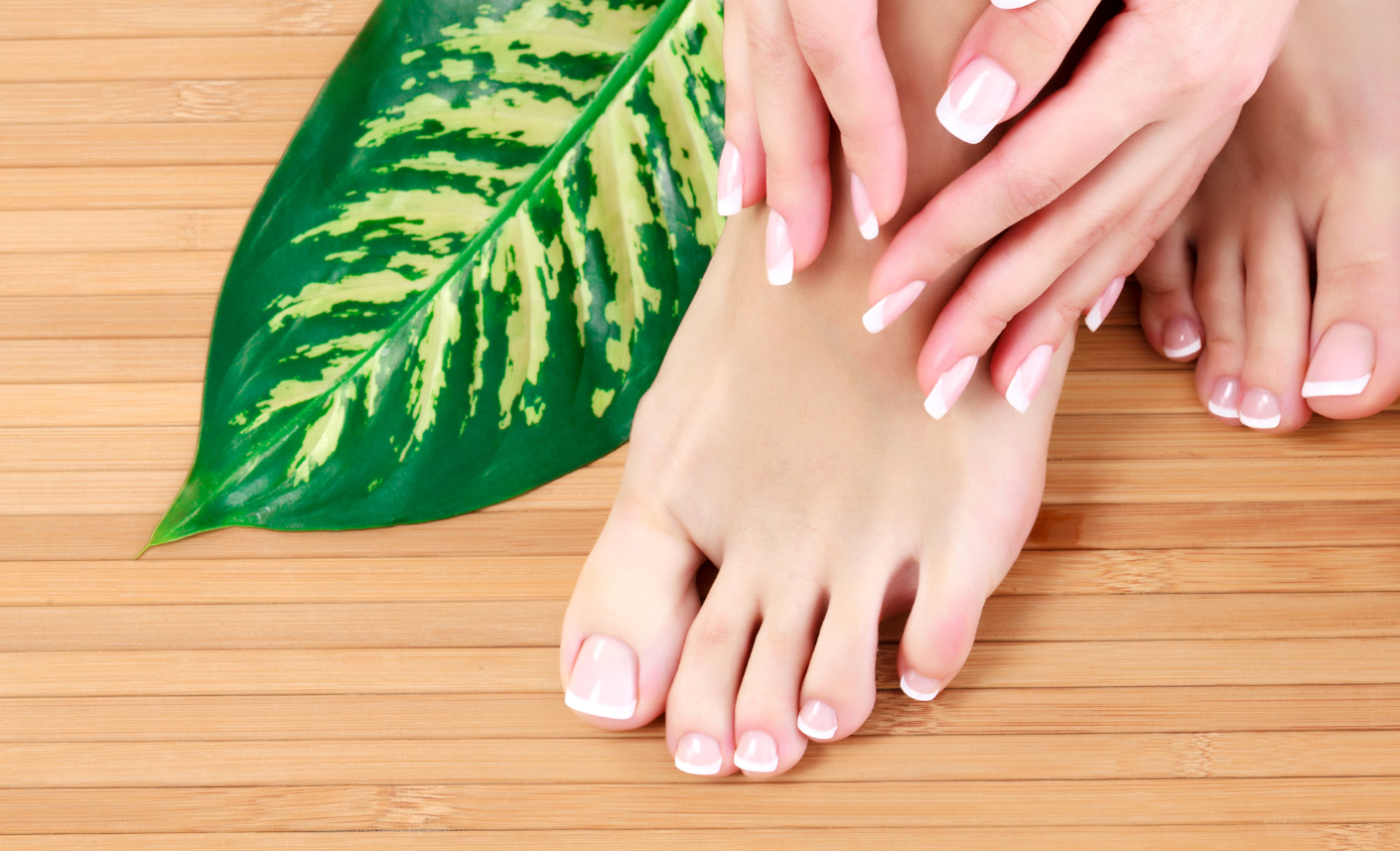
We can transform the appearance of toenails to look healthy and clear in three ways, and as fast as in one appointment. Here's how.

Tingling or numbness in your feet and legs during or after exercise can be an odd sensation. If you’re prone to experiencing it, the most common reasons are related to pressure on nerves or problems with your circulation.

Does wearing high heels really come at a cost to our feet? If you’re wondering what effects - if any - high heels may be having on your feet, here’s the inside scoop from our podiatrists.
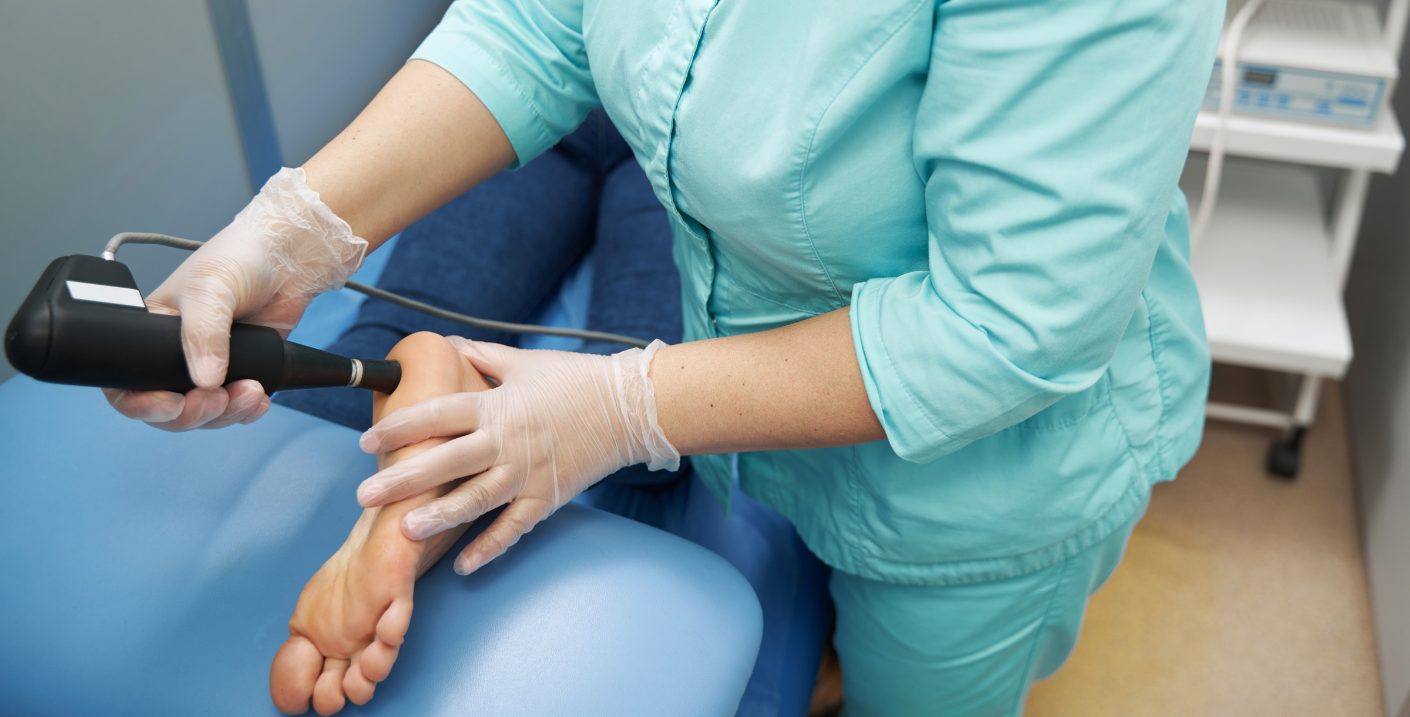
It’s important to not only use an evidence-based treatment plan to help you get the best outcomes for your foot and leg pain, but to help you see the best results in the shortest time. That’s the reason we’ve invested in shockwave.
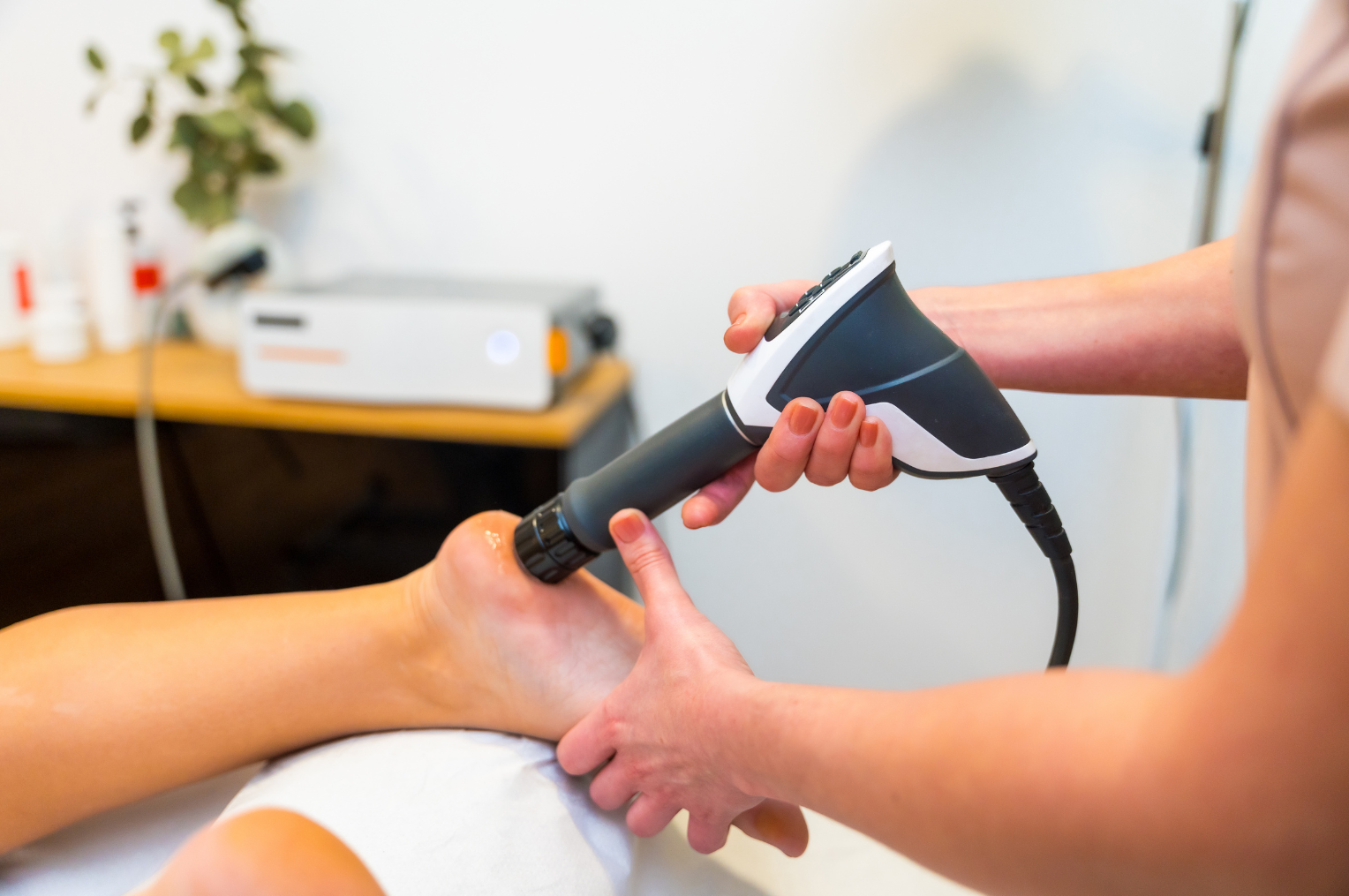
Heel pain is our specialty here at Perform Podiatry. We now have Low-Level Laser Therapy (LLLT) and Shockwave Therapy to
help you get the best results from your treatment.
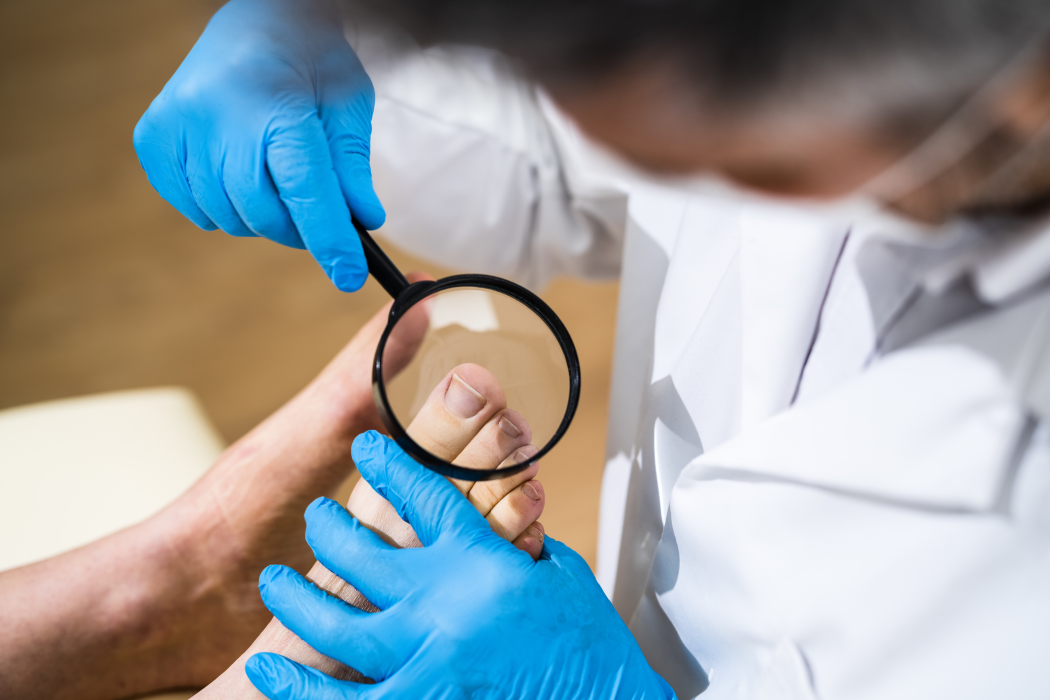
We treat a lot of ingrown toenails here at the Auckland Ingrown Toenail Clinic. So, with approximately 10% or more of the adult population harbouring a fungal nail infection, it’s not uncommon that we see many ingrown toenails where a stubborn nail fungus has also infiltrated the nail. So how can you tell, what can […]
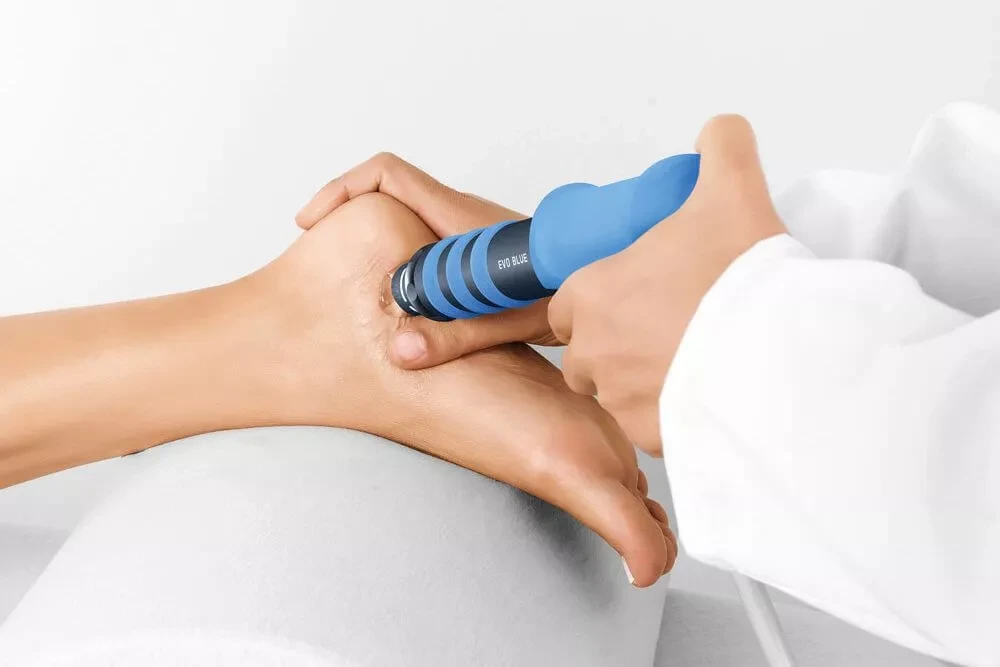
Shockwave therapy is a gold standard treatment used to help achieve the best clinical outcomes for musculoskeletal injuries and pain – and we’re very proud to now offer it to our patients here at Perform Podiatry.

While many of the cases we see here at the Auckland Ingrown Toenail Clinic are fairly standard, there are a few that vary greatly from the ‘norm’, and could have resulted devastating consequences if they had been left untreated under the hopes that the ingrown nail would “go away on its own”, something many people […]

They may be small, but verrucas, also known as plantar (foot) warts, are much more than just a minor annoyance. They can be painful to walk on and extremely persistent, making your day to day life a lot less pleasant or comfortable. As one of Auckland’s leading podiatry clinics that specialise in ingrown toenails, we […]

Not all pedicures are the same. For more than just aesthetic touch-ups, a medical pedicure by a podiatrist ensures your feet are cared for with expert attention, leaving you feeling safe and confident.

Ingrown toenails can be painful and uncomfortable, so identifying the ‘red flags’ of ingrown nails early on can be helpful in getting prompt treatment and reducing the risk of complications. So what are the top red flags you should be looking out for? One: Persistent Pain and Discomfort One of the most significant red flags […]

Hip dysplasia in babies can be concerning for parents. It occurs when the hip joint doesn’t develop properly, leading to instability and potential dislocation, either present at birth or developing soon after.
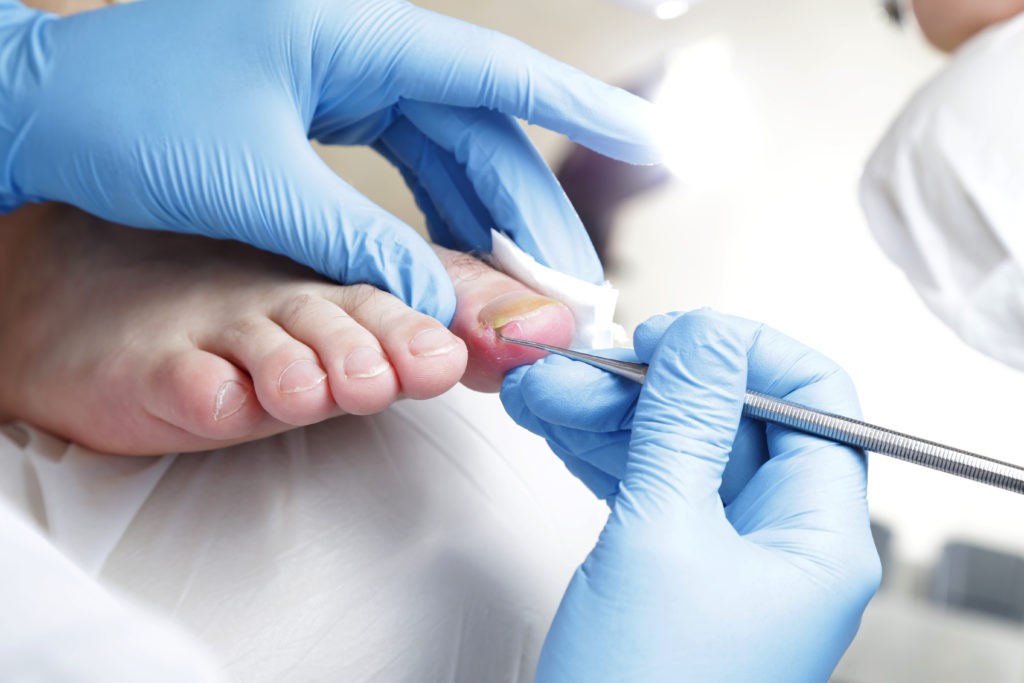
Dealing with an ingrown toenail can be a painful and frustrating experience, with many people opting to have ingrown toenail surgery to find lasting relief. But is ingrown toenail surgery painful? And if it is, is it really worth the discomfort? Do You Really Need Ingrown Toenail Surgery? The first thing you must consider when […]
Keeping your family on their feet and helping them to walk, run, play and exceed their goals is why we love getting up in the morning.
Ground Floor, One Health Building
122 Remuera Rd, Remuera
Auckland 1050, New Zealand
| MON - FRI | 7:30am – 6:30pm |
| SAT | 8:30am – 4:30pm |
| SUN | Some availability |
Make an Appointment
Online Schedule